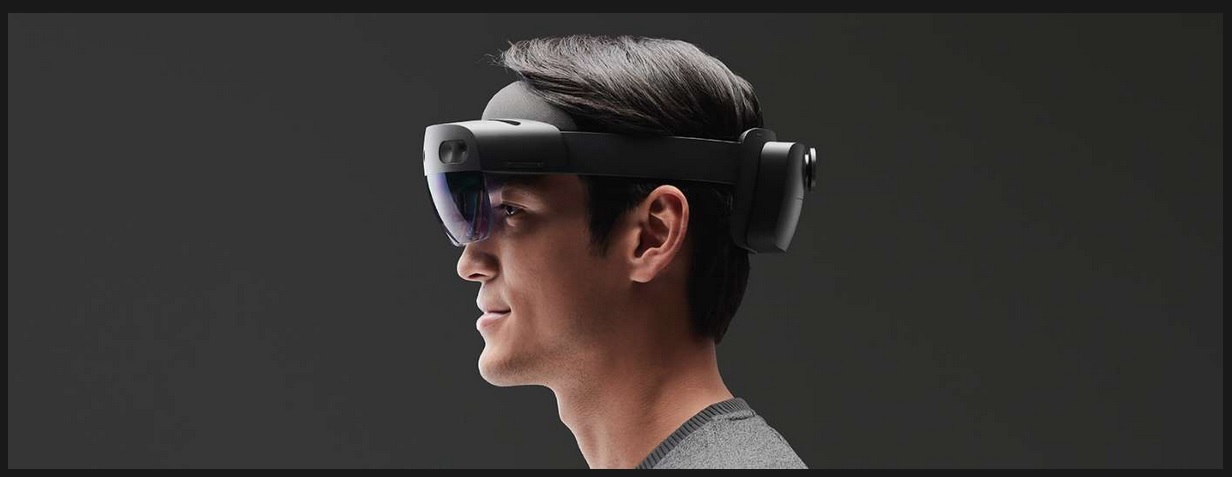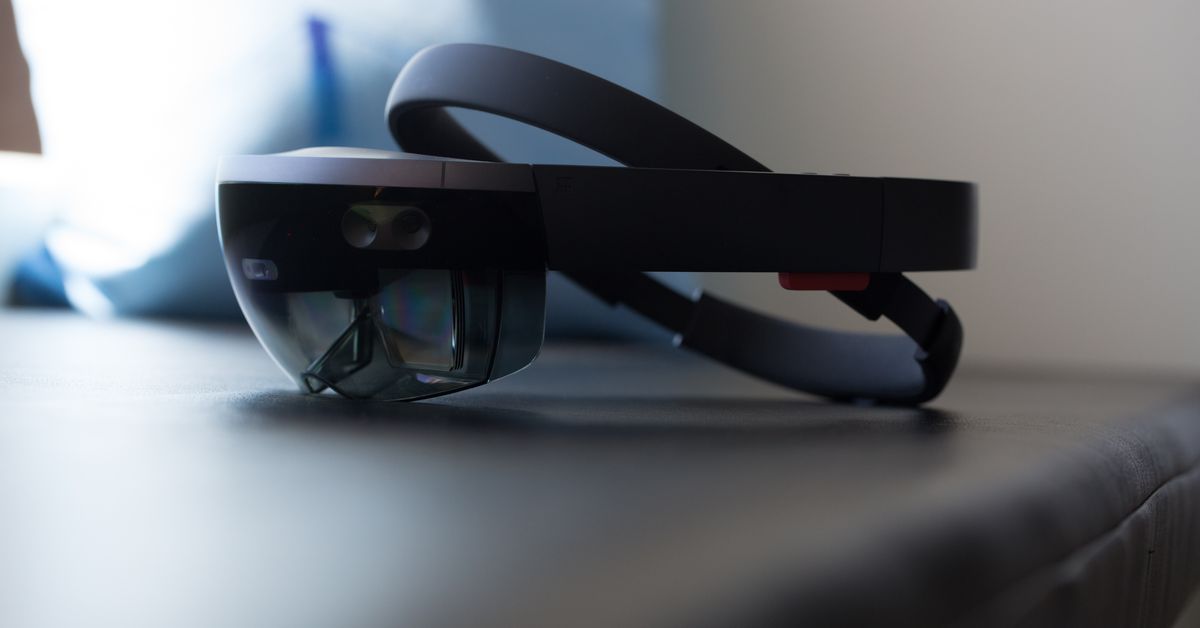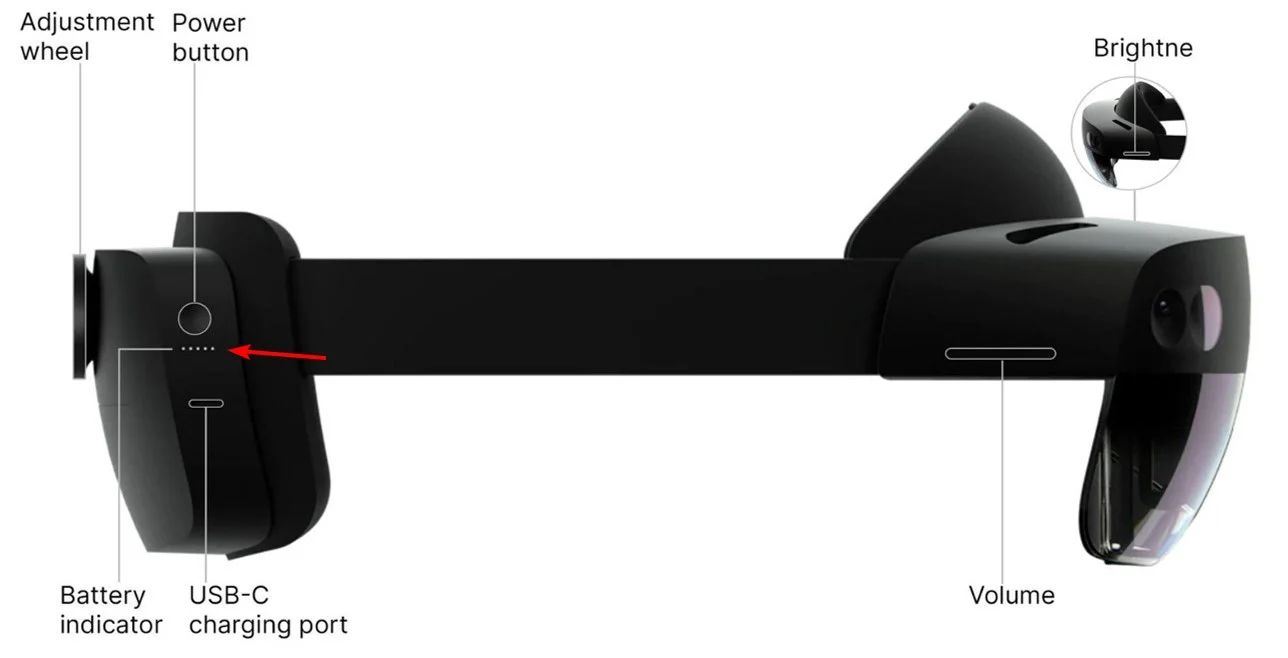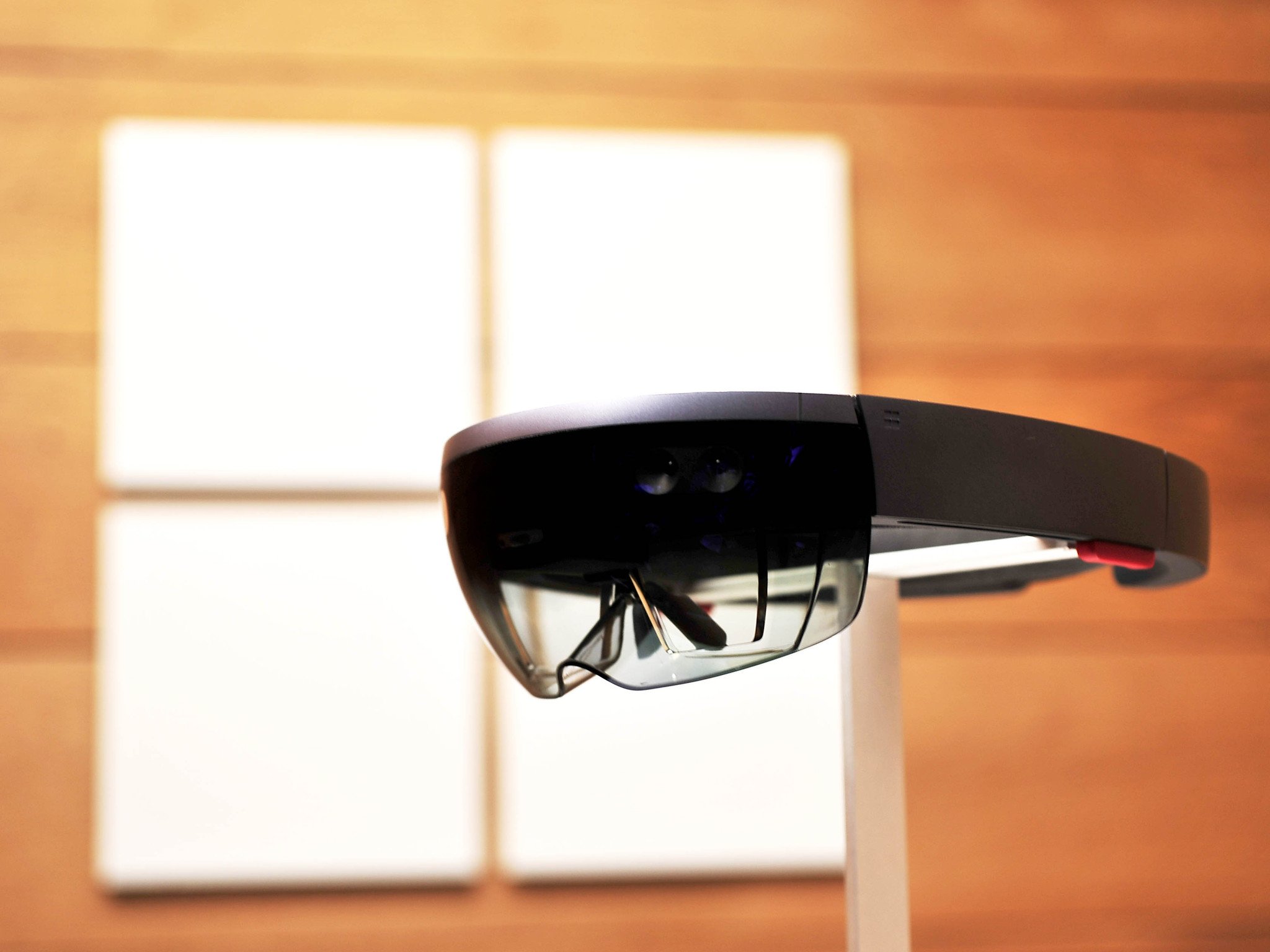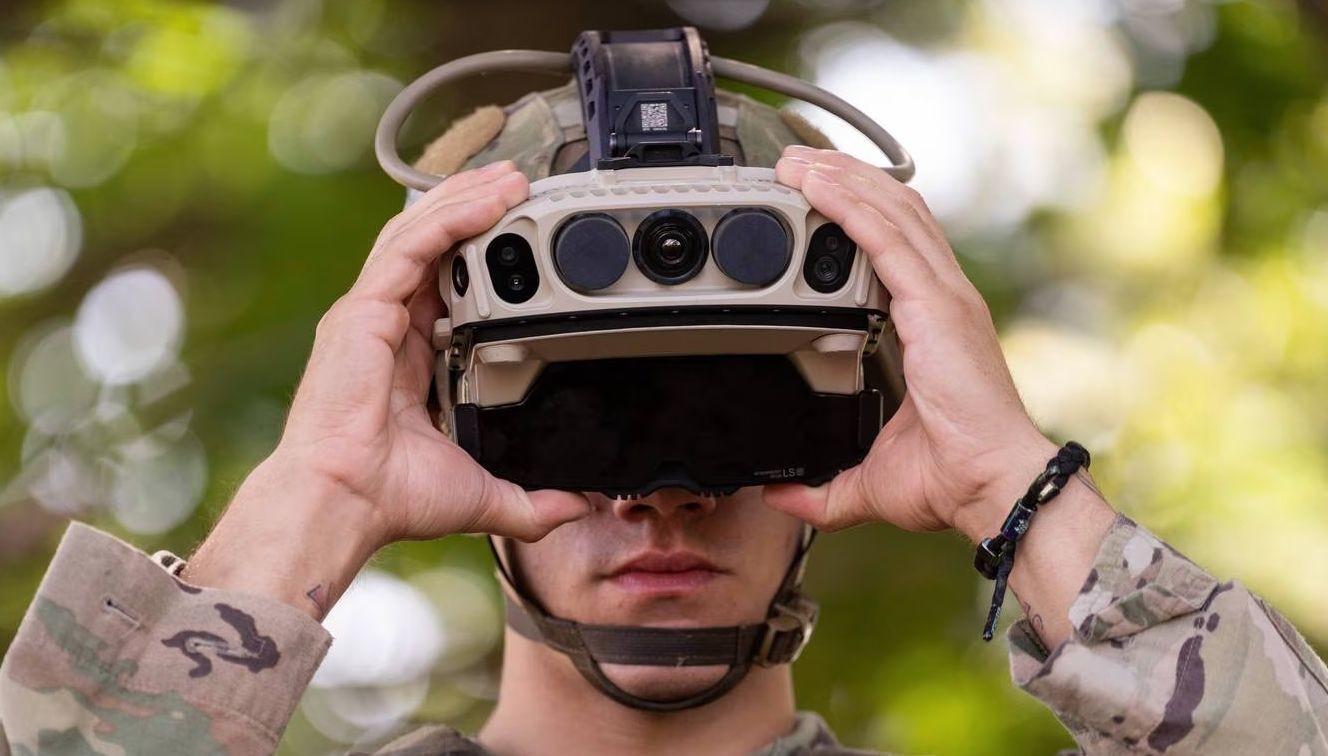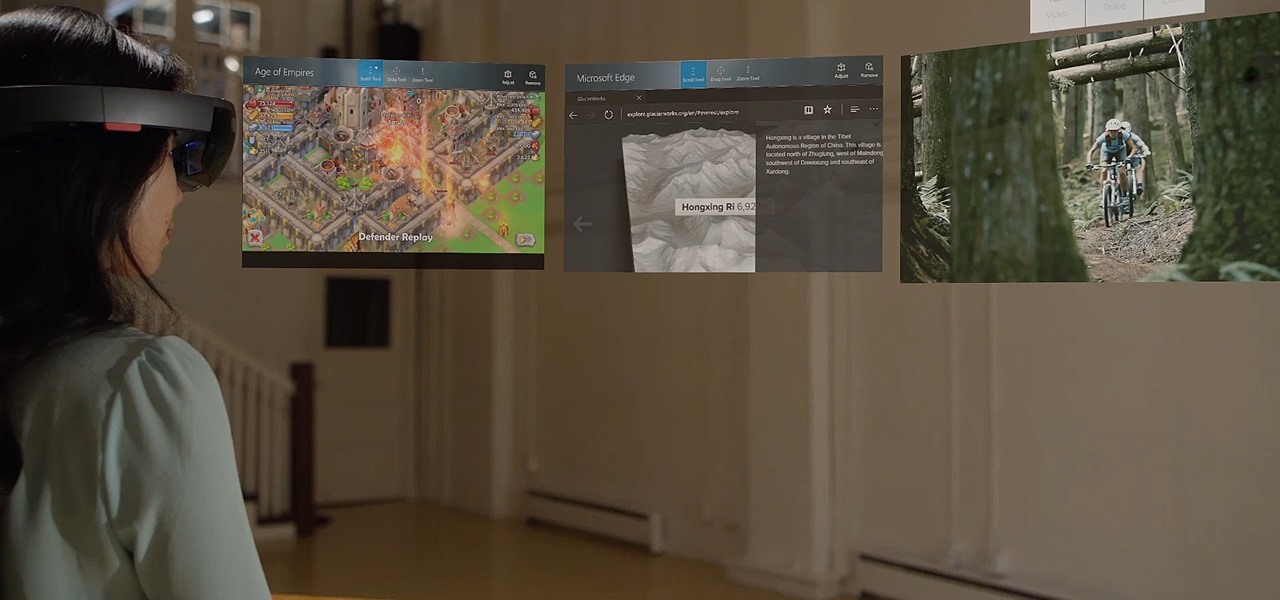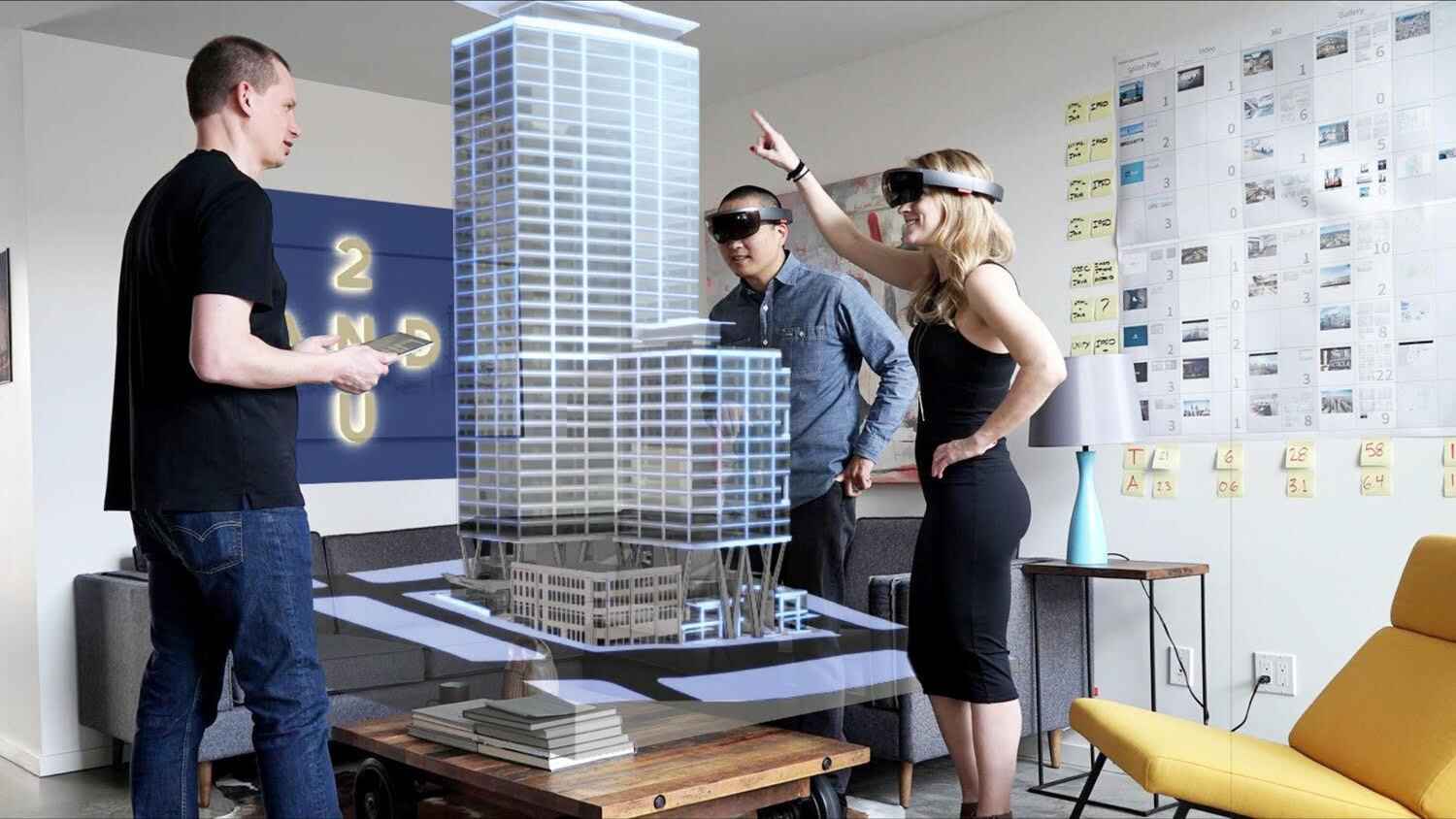What is HoloLens Calibration?
HoloLens calibration is the process of aligning the virtual and physical worlds in order to ensure an accurate and immersive augmented reality (AR) experience. When you first purchase a HoloLens device or after a software update, it is important to calibrate it to optimize its performance. This calibration procedure involves fine-tuning the device’s sensors and cameras to match your specific environment.
HoloLens uses advanced sensors, including depth sensors, cameras, and motion trackers, to map the physical space and overlay virtual elements seamlessly. However, these sensors need to be calibrated so that the holographic projections appear correctly in your real-world surroundings. Calibration ensures proper alignment of the virtual objects with the physical environment, allowing users to interact with holograms accurately and with precision.
During the calibration process, HoloLens analyzes the characteristics of the surrounding environment, such as the lighting conditions, spatial dimensions, and surfaces. It adjusts the device’s tracking algorithms accordingly to ensure accurate positioning and movement tracking of virtual objects. This calibration enhances the HoloLens experience by minimizing drift, jitter, and visual anomalies.
By calibrating the HoloLens device, you can optimize its performance for various scenarios and environments. Whether you’re using HoloLens for gaming, design, education, or professional applications, proper calibration is crucial to maintain a high level of accuracy and realism.
It’s important to note that calibration is a one-time process that should be performed when setting up the HoloLens device for the first time or after major software updates. However, if you frequently change environments or notice any tracking inconsistencies, recalibrating the device may be necessary to ensure optimal performance.
Why is it Important to Calibrate HoloLens?
Calibrating your HoloLens device is essential to ensure an immersive and accurate augmented reality experience. Here are some reasons why calibration is important:
1. Optimal Hologram Placement: Calibration ensures that virtual holograms are accurately positioned within your physical environment. This allows for seamless integration of virtual objects, improving the overall realism and visual quality of the augmented reality experience.
2. Accurate Interaction: Calibration enables precise tracking of your movements, gestures, and hand interactions. This ensures that your virtual manipulations align perfectly with the physical world, making it easier to interact with holograms and perform tasks effectively.
3. Reduced Drift and Jitter: Calibration helps to minimize drift and jitter, which are common issues in augmented reality systems. Drift refers to the gradual misalignment between the virtual and physical worlds over time, while jitter refers to small, rapid fluctuations in holographic stability. Calibrating the HoloLens device ensures that these issues are minimized, resulting in a more stable and comfortable experience.
4. Improved Spatial Mapping: HoloLens relies on spatial mapping to understand and map the physical environment. Calibration optimizes the mapping process by accurately recognizing surfaces, objects, and spatial dimensions. This enhances the detection of real-world objects and enables more precise placement of virtual holograms on various surfaces.
5. Enhanced Immersion: Accurate calibration enhances the overall sense of immersion by allowing virtual objects to seamlessly blend with the physical environment. This creates a more realistic and engaging augmented reality experience for users.
6. Consistent Performance: Calibration ensures that the HoloLens device performs consistently across different environments and lighting conditions. This is particularly important if you intend to use HoloLens in various locations, such as in different rooms or outdoors, as calibration adapts the device’s settings to account for the specific characteristics of each environment.
7. Optimized Application Performance: Many HoloLens applications and experiences rely on accurate calibration to function properly. By calibrating your device, you ensure that these applications can track your movements, gestures, and interactions correctly, allowing you to fully utilize their features and functionalities.
Overall, proper calibration of your HoloLens device is vital for achieving the best possible augmented reality experience. It improves hologram placement, interaction accuracy, stability, mapping capabilities, immersion, and overall performance. Taking the time to calibrate your HoloLens device ensures that you can fully enjoy the capabilities of this cutting-edge technology.
Preparing to Calibrate HoloLens
Before calibrating your HoloLens device, there are a few key steps you should take to ensure a smooth and successful calibration process:
1. Find a Suitable Environment: Look for a well-lit room with moderate lighting conditions for the calibration process. Avoid overly bright or dimly lit areas as they may affect the accuracy of the calibration. Ensure that there is enough space for you to move around comfortably, allowing the device to capture a comprehensive understanding of your surroundings.
2. Clean the HoloLens Cameras: Make sure that the device’s cameras are clean and free from any smudges or debris. Use a soft, lint-free cloth to gently wipe the cameras, ensuring that they are clear and unobstructed. This step is crucial in getting accurate readings from the sensors during the calibration process.
3. Charge Your HoloLens Device: Ensure that your HoloLens device has sufficient battery charge before beginning the calibration process. While calibration doesn’t typically drain the battery significantly, it’s always best to start with a full charge to avoid any interruptions during the process.
4. Remove Obstructions: Clear the area of any obstacles or objects that may interfere with the calibration process. Remove any large or reflective surfaces, as they can cause inaccurate readings. Ensure that there are no objects near you that could obstruct the device’s sensors or impede your movement.
5. Adjust HoloLens Fit: Properly fit the HoloLens device on your head to ensure optimal tracking and alignment during calibration. Adjust the headband and the visor so that the device sits comfortably and securely. A snug and stable fit is necessary for accurate tracking of your head movements.
6. Review Calibration Instructions: Familiarize yourself with the calibration instructions provided by Microsoft for your specific HoloLens device model. These instructions outline the specific steps you need to follow for successful calibration. Take the time to read through them carefully to understand the process and any potential troubleshooting steps.
By following these preparatory steps, you can set the stage for a successful HoloLens calibration experience. Taking the time to adequately prepare ensures that the device can accurately capture and align the virtual and physical worlds, providing you with a seamless and immersive augmented reality experience.
Steps to Calibrate HoloLens
To calibrate your HoloLens device and optimize its performance, follow these steps:
1. Turn on the HoloLens: Press and hold the power button located on the back of the device for a few seconds until the Microsoft logo appears in your field of view.
2. Open the Calibration App: Navigate to the Start menu by performing an “air tap” gesture with your finger. Scroll through the available apps until you find the “Calibration” app, which has an icon resembling a target. Select it to launch the app.
3. Follow On-screen Instructions: The Calibration app will guide you through the process with on-screen instructions. Pay close attention to the prompts and follow them carefully.
4. Place HoloLens on a Flat Surface: Lay the HoloLens device flat on a stable, level surface, such as a table or desk. Make sure the device is oriented correctly, with the cameras facing upwards.
5. Stay Still: Once the device is placed on the flat surface, remain still and avoid any movements for a few moments. This allows the HoloLens to capture initial calibration data and establish a baseline for tracking.
6. Perform Look, Gesture, and Voice Calibration: The Calibration app will prompt you to perform specific actions to calibrate different aspects of the HoloLens device. This may include looking at specific targets, performing hand gestures, or speaking certain phrases. Follow the instructions provided, and make sure to perform the actions within the defined areas or targets.
7. Complete the Calibration Process: Once you have successfully performed all the required calibration actions, the app will indicate that the calibration process is complete. You can then exit the Calibration app and proceed to use the HoloLens device.
8. Test Calibration Accuracy: To ensure that your HoloLens device is properly calibrated, it’s recommended to test the accuracy of hologram placement and tracking. Launch a HoloLens application or experience and observe how holograms align with the physical environment. If any inaccuracies or discrepancies are noticed, consider recalibrating the device or troubleshooting any potential issues.
By following these steps, you can effectively calibrate your HoloLens device and optimize its performance for an immersive augmented reality experience. Remember to read and follow the on-screen instructions provided by the Calibration app and test the accuracy of the calibration to ensure optimal results.
Verifying the Calibration of HoloLens
After calibrating your HoloLens device, it’s important to verify the calibration to ensure that it has been accurately performed. This step helps confirm that the virtual and physical worlds are properly aligned and that the device is tracking movements and interactions accurately. Here are some ways to verify the calibration of your HoloLens:
1. Check Hologram Placement: Launch an augmented reality application or experience on your HoloLens device and observe how holograms appear in your physical environment. They should align seamlessly with the real-world surroundings, with proper scale and positioning. If you notice any misplacement or inconsistency, recalibration may be necessary.
2. Test Gesture Recognition: Perform various hand gestures in front of the HoloLens device to interact with holograms. Verify that the device accurately detects your gestures and responds accordingly. If there are any issues with gesture recognition, it may indicate a re-calibration or troubleshooting is required.
3. Try Movement Tracking: Move around and navigate your physical space while wearing the HoloLens device. Verify that the virtual objects and holograms in the device’s field of view accurately track your movements. If there is any noticeable lag or inconsistency in movement tracking, it may be necessary to recalibrate or adjust the device.
4. Check Stability and Drift: Pay attention to the stability of holograms and the absence of drift. Drift refers to the misalignment or gradual shift of virtual objects over time. Ensure that holograms remain stable and do not exhibit sudden movements or drift away from their intended positions. If you notice significant drift or instability, it may indicate a need for recalibration.
5. Assess Environmental Factors: Take note of the lighting conditions and environmental factors that may affect the accuracy of the calibration. Check for changes in lighting or reflections that may impact the device’s ability to accurately map and detect the physical environment. Making adjustments to these factors can improve the overall calibration accuracy.
If you encounter any inconsistencies or issues during the verification process, consider recalibrating your HoloLens device or troubleshooting the specific problem. Consulting Microsoft’s official documentation or seeking support from the HoloLens community can provide further guidance for resolving the calibration-related issues.
Verifying the calibration of your HoloLens device ensures that you can enjoy a more accurate and immersive augmented reality experience. By confirming the alignment of virtual and physical elements, as well as accurate tracking and responsiveness, you can fully utilize the capabilities of your HoloLens device for various applications and scenarios.
Troubleshooting Calibration Issues
While calibrating your HoloLens device is generally a straightforward process, you may encounter some calibration issues along the way. Here are some common problems and troubleshooting steps to help you resolve calibration issues:
1. Poor Tracking
– Ensure that there is adequate lighting in the environment. Insufficient lighting can affect the device’s ability to track movement accurately. Adjust the lighting or move to a well-lit area if necessary.
– Clean the device’s cameras and sensors using a soft, lint-free cloth. Smudges or dirt can interfere with the sensors’ ability to detect and track objects correctly.
– Check the calibration area for potential obstacles or reflective surfaces. Remove any objects that may interfere with the device’s sensors.
2. Misaligned Holograms
– Recalibrate the device by going through the calibration process again. Make sure to carefully follow the on-screen instructions provided by the Calibration app.
– Check for any changes in the physical environment that may affect the calibration. If you’ve moved to a different location or added new objects, recalibration may be necessary.
– Ensure that the HoloLens device is properly positioned on your head. Adjust the headband and visor to ensure a snug and secure fit, allowing for accurate tracking of your movements.
3. Drift or Instability
– Perform a system restart on the HoloLens device. Issues with drift or instability can sometimes be resolved by restarting the device and recalibrating.
– If drift persists, try recalibrating in a different location. Certain environmental factors such as magnetic interference or inconsistent lighting conditions can contribute to drift. Changing the calibration environment may help mitigate these factors.
– Keep the device software up-to-date. Microsoft regularly releases software updates that address performance issues. Check for any available updates and install them.
4. Gesture Recognition Issues
– Ensure that your hand gestures are being performed correctly. Follow the guidance provided during the calibration process to ensure that your gestures are within the required range and properly executed.
– Check for any obstructions that may prevent the sensors from recognizing your hand gestures. Avoid wearing gloves or accessories that may interfere with the device’s ability to detect your hand movements.
5. Seeking Technical Support
– If troubleshooting steps do not resolve the calibration issues, consider reaching out to Microsoft support or consulting the HoloLens community forums for further assistance. They can provide guidance and solutions tailored to your specific situation.
Remember, calibration issues can vary, and the troubleshooting steps might differ depending on the specific problem. It’s important to carefully follow the instructions provided in the device’s documentation and consult official resources for accurate troubleshooting guidance.
Additional Tips and Considerations for HoloLens Calibration
When calibrating your HoloLens device, there are a few additional tips and considerations that can help optimize the calibration process and enhance your overall augmented reality experience:
1. Regularly Update Software: Keep your HoloLens device’s software up-to-date by regularly checking for and installing firmware updates. These updates often include performance enhancements and improvements to the calibration process.
2. Utilize Stable Tracking Surfaces: For more accurate calibration, place the device on stable and non-reflective surfaces. Uneven or reflective surfaces may cause inaccuracies in hologram placement and tracking. Using a flat and matte surface is recommended.
3. Consider Lighting Conditions: Lighting plays a crucial role in calibration accuracy. If you intend to use HoloLens in various environments, take note of different lighting conditions and how they may affect calibration. Adjusting the lighting to be consistent with the intended usage environment can improve calibration accuracy.
4. Practice Patience: Calibration may require a few attempts to achieve optimal results. Take your time during the calibration process, paying attention to each step and following instructions carefully. Be patient and persistent in troubleshooting any issues that may arise.
5. Take Note of Room Boundaries: During the calibration process, be aware of the physical room boundaries. The HoloLens uses spatial mapping to understand the boundaries of the environment, allowing for more accurate placement of holograms. Keeping within the boundaries ensures a seamless augmented reality experience.
6. Recalibrate in Different Environments: If you frequently change environments, consider recalibrating your HoloLens device in each location. Different lighting conditions and room layouts can impact calibration accuracy. To achieve the best performance, it may be necessary to recalibrate when transitioning to a new environment.
7. Consider Multiple User Calibrations: If you share your HoloLens device with multiple users, each user should have their own calibration profile. Calibration is user-specific, and having individual profiles ensures that each user experiences optimal calibration for their unique characteristics and preferences.
8. Keep the Device Clean: Regularly clean the lenses, cameras, and sensors of the HoloLens device to maintain optimal performance. Accumulated dirt, smudges, or fingerprints can interfere with the accuracy of the calibration process.
By following these additional tips and considerations, you can enhance the calibration process and maximize the performance of your HoloLens device. Proper calibration ensures accurate hologram placement, precise tracking, and a more immersive augmented reality experience.







